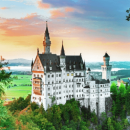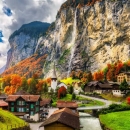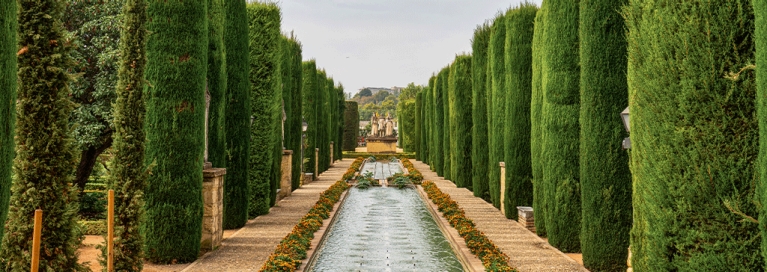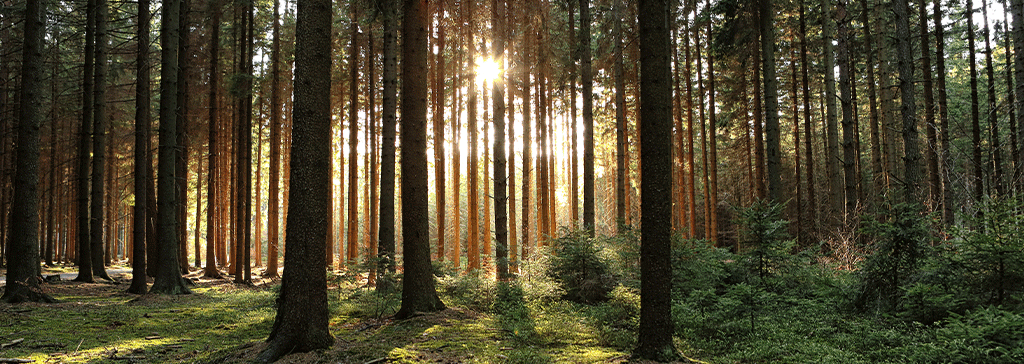
Where to find the best spring colours in Europe
Forget Japan. See Europe's blossom.
The arrival of spring in Europe brightens everyone's moods. The days are longer and warmer, and the sun shines in the sky. Spring can also be a great time of year to travel around Europe, with fewer crowds, off-season prices, and the opportunity to see how the world starts to bloom after the long winter. It's not necessary to go all the way to Japan to see cherry blossom trees! You can see some of the world's brightest spring colours in Europe with a Global Pass!
Poppy Fields in Tuscany, Italy
The most popular of Tuscany’s wild flowers is the Tuscan poppy. The arrival of May colours the Tuscan elds in bright red when thousands of wild poppies pop out of nowhere. These flowers typically bloom a little later in the season, such as late May or early June.
The best place to marvel at vast poppy elds in Italy is Crete Senesi in the Val d'Orcia, which stretches from Siena to Monte Amiata. Stunning is the only word to describe their beauty.
Getting there by rail: You can easily get a train from Siena to Buoncovento, and then a bus to Bivio Torrenieri, which is only an 8 mins walk from Val d’Orcia.
Interesting fact: Poppies grow on agricultural elds where no herbicides are used. They symbolise organic farming, which is very popular in Tuscany.
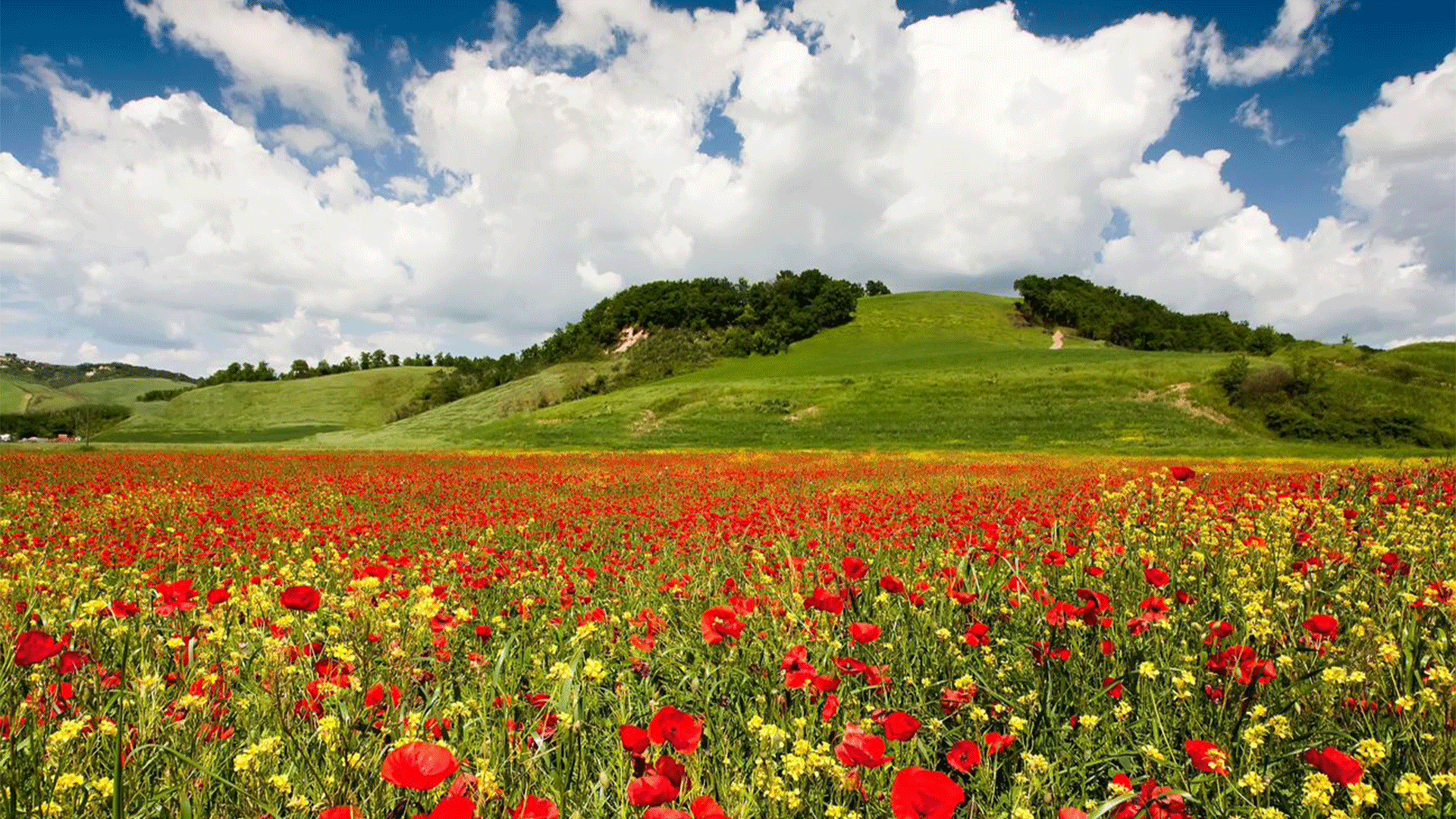
Cherry Blossom Avenue in Bonn, Germany
Japan probably pops into your head when you think of cherry blossom trees. But did you know that in the heart of Bonn, Germany, you can find one of the most unique and beautiful cherry blossom locations in Europe?
The Cherry Blossom Avenue (Heerstraße in German), is an entire street lined on both sides with cherry blossom trees, where thousands of flowers create enchanting pink tunnels over the city streets. The planting of these trees was in 1980, as a symbol of friendship to Germany from the people in Japan.
The cherry blossoms usually start to bloom in April, and today they are associated with hope, beauty and new life.
Getting there by rail: The avenue is located in the Nordstadt neighbourhood, just north of the main square in Bonn. Take a 20 mins train from Cologne Central Station to Bonn Central Train Station (Bonn Hbf) and then walk about 15 minutes to Heerstraße.
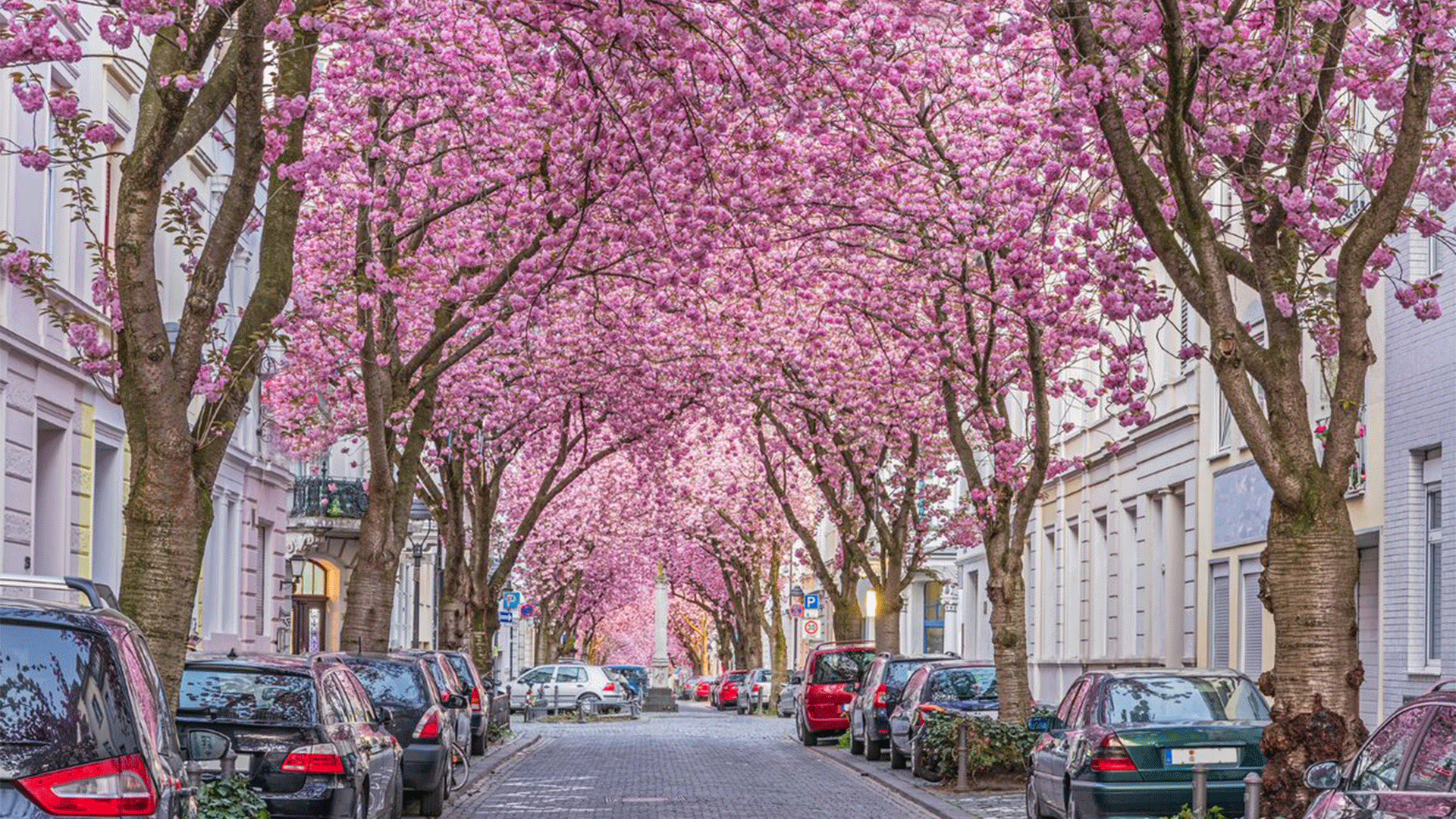
Hallerbos (The BlueForest), Belgium
Every spring, the Hallerbos forest turns into a natural heaven, attracting a lot of visitors to admire this colourful spectacle of nature. From mid-April to the beginning of May, a dreamlike carpet of bluebells overtakes the Blue Forest oor, as far as the eye can see.
This magnificent flower field is the perfect place to help you unwind. When the sun is low and the rays stream through the trees, you’ll truly feel like you’ve entered a magical wonderland.
Getting there by rail: You can easily take a train from Brussels Central to Halle town, and then a short 9-minute bus ride to the forest itself (line 114).
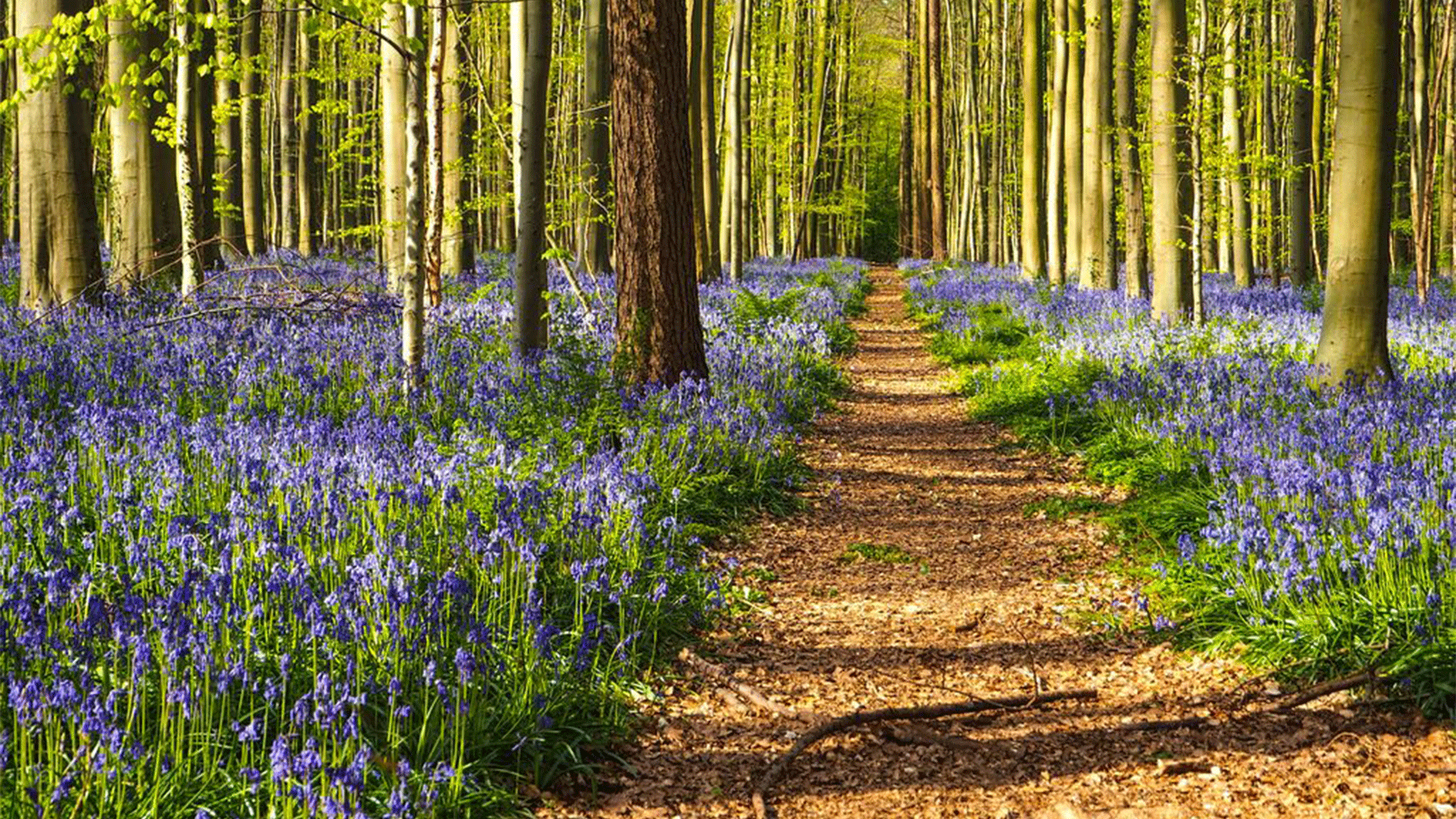
Rose Valley, Bulgaria
From mid-May to mid-June, the Kazanlak Valley in Bulgaria is crowded with people picking up flowers, specifically roses. This area at the geographic centre of Bulgaria is known as the Valley of Roses, a delight for anybody’s eyes. Thousands of workers tear off the petals used to create oil, essences, creams and many other products used in the perfume industry.
The best time to observe the rose-picking process is in June, when the Rose Festival takes place. During this 4 weekend festival you can visit many events, from rose-picking rituals (only for early birds, as the harvest takes place between 5 in the morning until noon), rose essential-oil distilleries (where you can witness the process of preparation of rose oil), to carnivals and folklore processions.
Of course, you will be able to try many products produced from rose, such as jam, juice, and also many cosmetics. In short, a whole show that you won’t want to miss!
Getting there by rail: The main stop in the Rose Valley is Kazanlak, accessible by train from Sofia. The journey takes around 3h 30m.
Interesting fact: The Damask rose (Rosa damascena) was brought to Bulgaria in the early 17th century, and for years, the oil produced from the special variety Rosa Damascena was used for women’s beauty products and perfumes. Today, the rose is one of the symbols of Bulgaria and attracts visitors from all over the world.
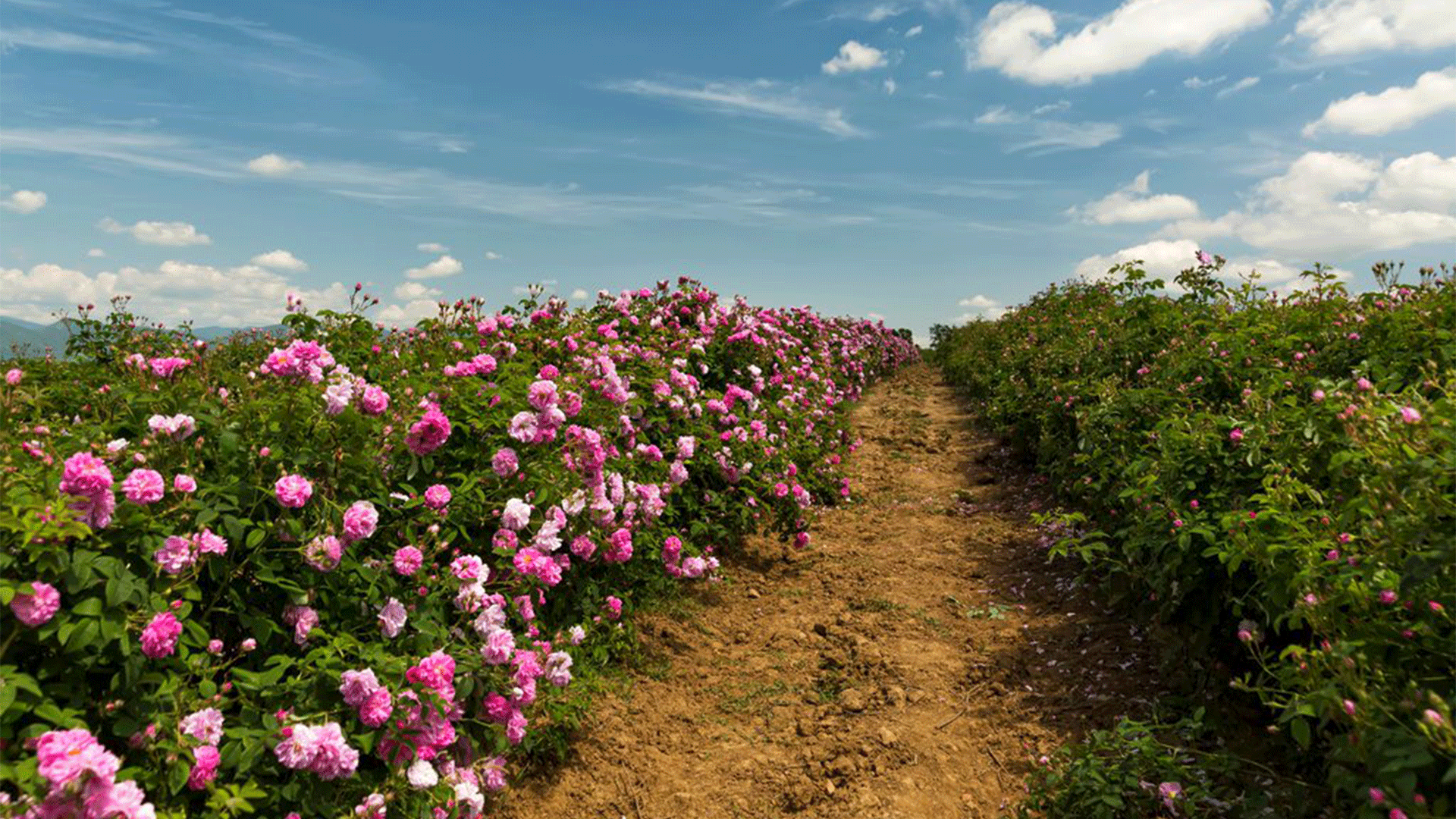
Via Botanica - Daffodil Forest, Luxembourg
The Via Botanica trail starts in Lellingen, a small village in Luxembourg's northern Oesling region. Every spring, the forest of Lellingen sprouts a sea of daffodils, turning the Via Botanica into a spectacular yellow-lined path.
The daffodils usually start to bloom in early April and can last until the end of the month. Of course, if March is warmer than usual, chances are that flowers will start to bloom earlier! The entire Via Botanica is around 7.5 km long, and you should start seeing daffodils after the first 1.5 km.
Getting there by rail: You can get a 45-minute train from Luxembourg City to Lellingen.
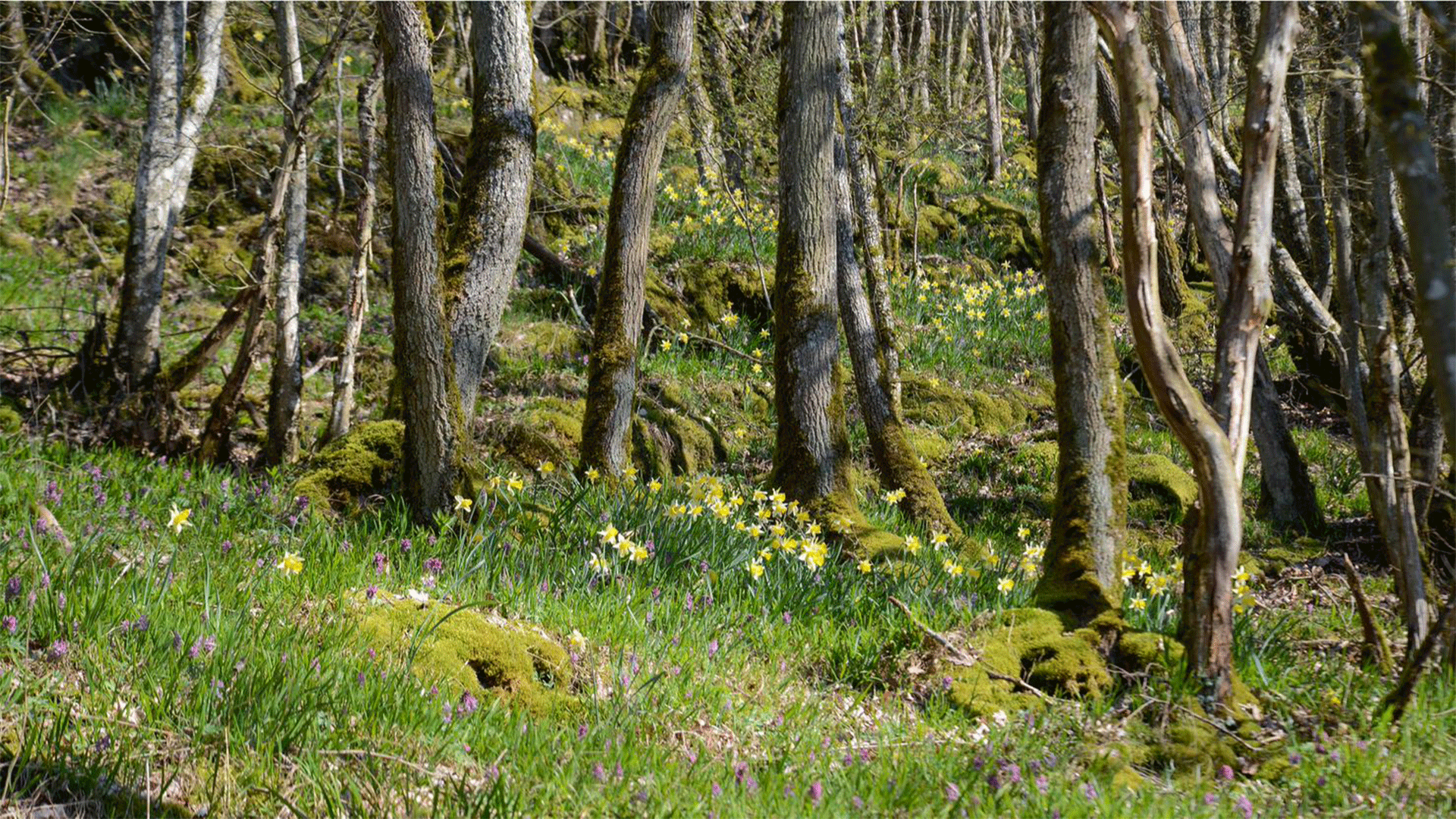
Keukenhof Gardens, Lisse, the Netherlands
Keukenhof, also known as the Garden of Europe, is considered one of the most beautiful gardens in the world and the perfect destination to visit in Spring. With more than 32 hectares each spring, it opens its doors in the town of Lisse.
More than 7 million flower bulbs are planted in Keukenhof every year. Its gardens and 4 pavilions show a fantastic collection of tulips, hyacinths, daffodils, orchids, roses, carnations, irises, lilies and many other growers. You'll definitely be overwhelmed by the most amazing spectacle of colours and scents.
Keukenhof is not only a magical landscape of spring-flowering bulbs, but also a nice location for sculptures and other works of art that give the park an extra special air.
Getting there by rail: Take a 20 mins train from Amsterdam Centraal to Haarlem Station. From Haarlem, you can take the Regional Bus Line 50 to reach the gardens.
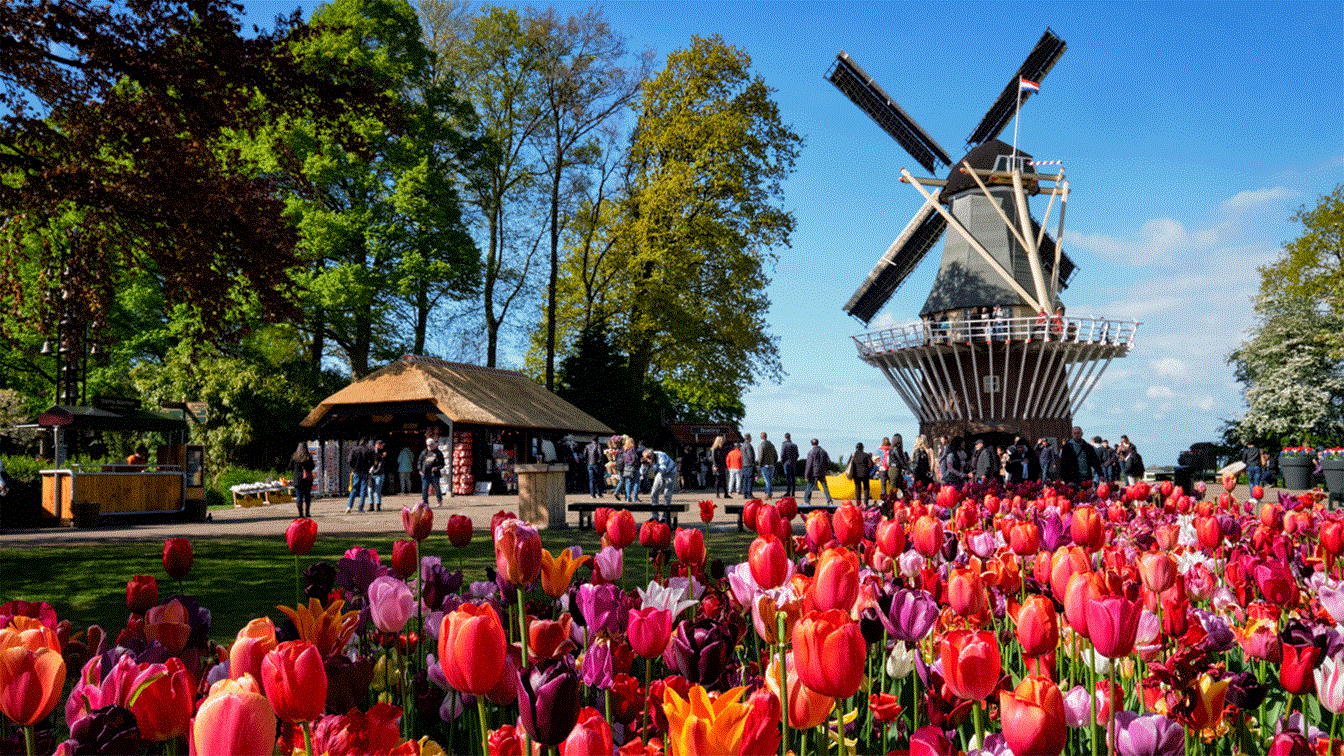
You might like this as well:
-
![Alcazar-Cordoba-Spain]() 10 Beautiful Gardens In Europe To Visit Want to see Europe in bloom? Travel by train to Europe’s best nature reserves, parks & botanical gardens. Top tip: spring is the best time to visit our favourite spots.
10 Beautiful Gardens In Europe To Visit Want to see Europe in bloom? Travel by train to Europe’s best nature reserves, parks & botanical gardens. Top tip: spring is the best time to visit our favourite spots. -
![wood-forest-trees]() 7 Incredible Forests In Europe You Can Reach By Train Love nature? Here are seven spectacular forests in Europe that are accessible by rail. with an Interrail or Eurail Pass.
7 Incredible Forests In Europe You Can Reach By Train Love nature? Here are seven spectacular forests in Europe that are accessible by rail. with an Interrail or Eurail Pass.
Change of currency
You cannot change the currency once you have a Pass in your cart. Remove the Pass, and then change the currency on the website header.
